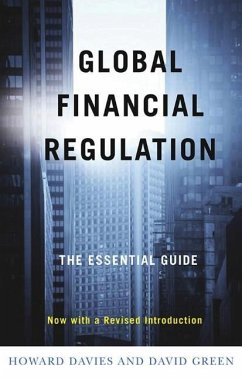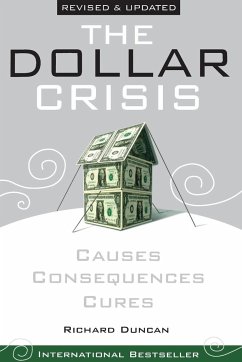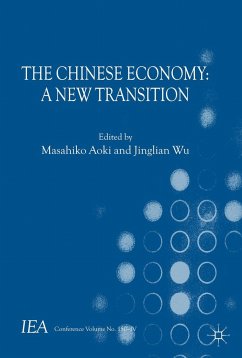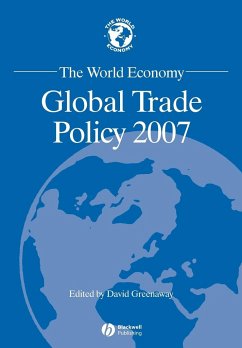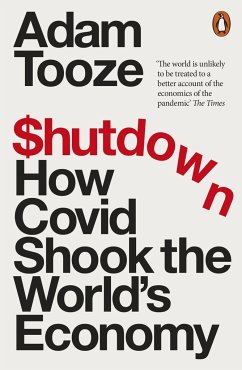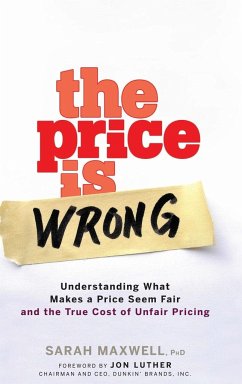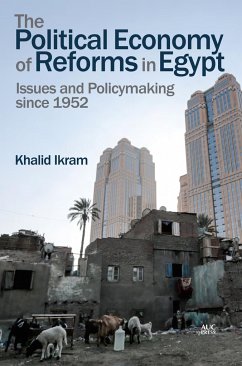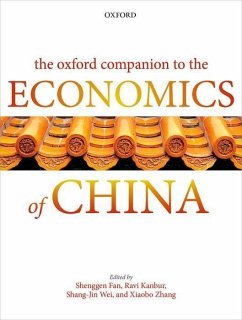
An Introduction to the Chinese Economy
The Driving Forces Behind Modern Day China
Versandkostenfrei!
Versandfertig in über 4 Wochen
35,99 €
inkl. MwSt.
Weitere Ausgaben:

PAYBACK Punkte
18 °P sammeln!
This comprehensive overview of the modern Chinese economy by a noted expert from China offers a quality and breadth of coverage. In this book, the author provides an introduction to China s economy since 1949 and original insights based on his own extensive research. The book sets out to analyze and compare the operational mechanisms of the Chinese economy between the pre- and post-reform periods and through national, regional and local dimensions. Both positive and negative consequences of the Chinese economic transformation have been clarified. A multiregional comparison of the Chinese econo...
This comprehensive overview of the modern Chinese economy by a noted expert from China offers a quality and breadth of coverage. In this book, the author provides an introduction to China s economy since 1949 and original insights based on his own extensive research. The book sets out to analyze and compare the operational mechanisms of the Chinese economy between the pre- and post-reform periods and through national, regional and local dimensions. Both positive and negative consequences of the Chinese economic transformation have been clarified. A multiregional comparison of the Chinese economy is conducted in terms of natural and human resources, institutional evolution, as well as economic and social performances. At last, some key issues relating to the inherent operational mechanisms of and the dynamic patterns of the Chinese economy are also discussed.




